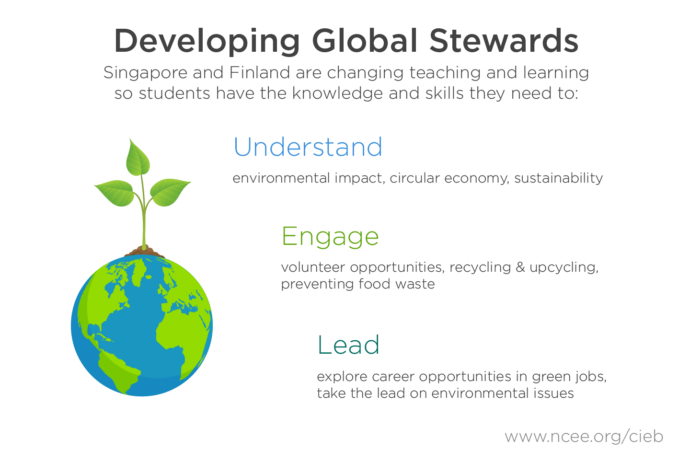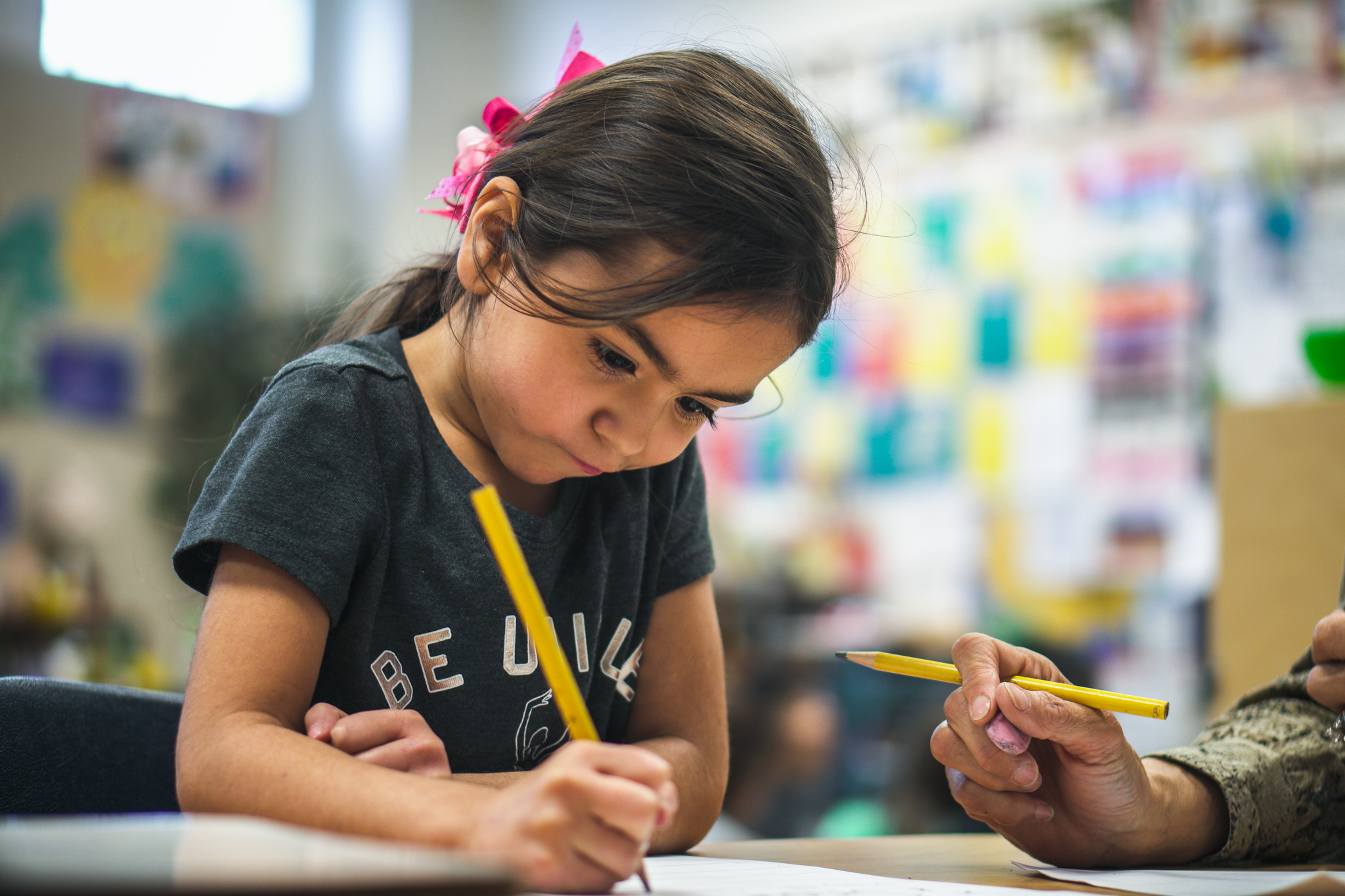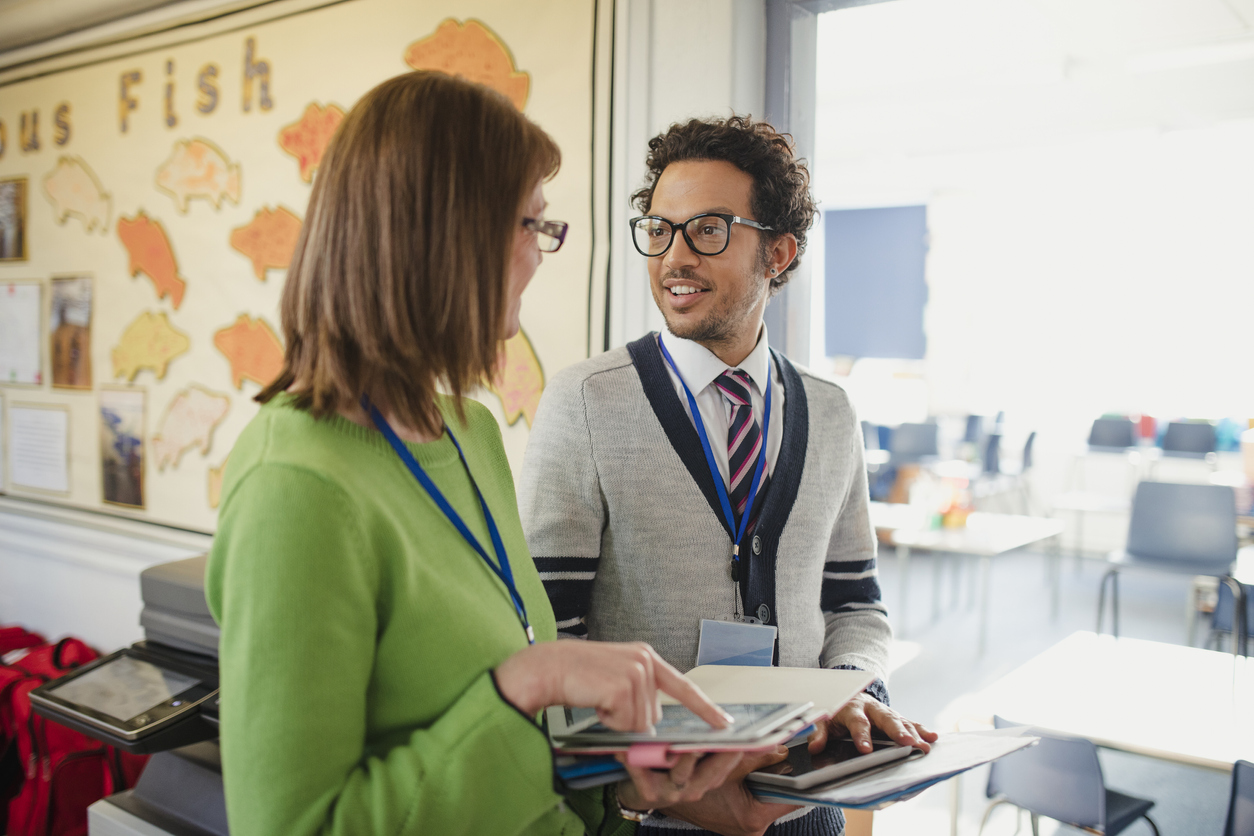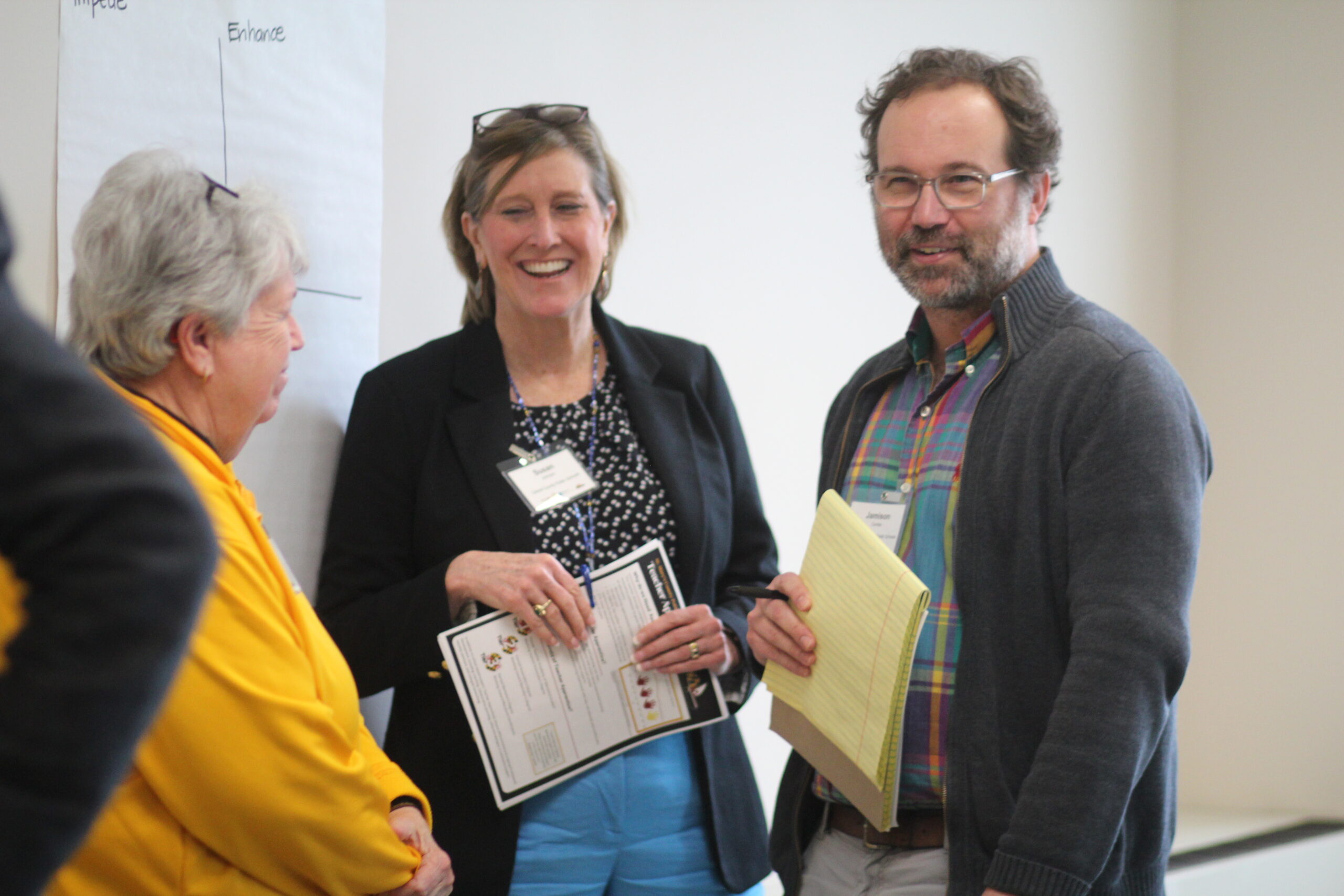
Singapore’s Green Plan 2030, updated in 2021, lays out a “whole of nation” sustainable development agenda and has key targets for 2026 and 2030 in five areas — City in Nature, Sustainable Living, Energy Reset, Green Economy and Resilient Future — and a goal of net zero emissions by mid-century.
The Ministry of Education is one of five agencies spearheading this effort and has developed its own agenda to advance the Green Plan including: enhancing teaching and learning of sustainability in science and humanities curriculum; planting more trees and promoting the use of energy efficient technologies like solar panels on school campuses; and engaging youth in environmental-focused volunteer activities, exposing them to career opportunities in green jobs, and encouraging them to be leaders on environmental issues.
The Ministry is currently piloting a whole school approach to supporting this agenda in a set of primary and secondary schools in Singapore. For example, in one secondary school, teachers discuss the environmental impact of food waste and involve students in thinking about how to prevent wasted food at home and at school. Students then serve as “green ambassadors” to oversee trash sorting and recycling in their classrooms. Some of the discarded materials are put to use at an after-school Maker Faire class where students upcycle them into usable products like a foosball table or a lamp. The head of the school says she hopes that these “daily activities and concepts reinforced over four years will help achieve a shift in mindset for these teenagers, who can then influence their family or neighbors.”
Finland created a Road Map to a Circular Economy for 2016 to 2025, following the EU’s plan for the same as part of the European Green Deal. With the goal of a fully carbon neutral economy by 2050, Finland intends to shift from a “take, make, waste” model of extracting resources, making products, and discarding anything left over to an approach that focuses on transforming existing products via upcycling and doing away with the notion of waste. The plan makes it clear that system-wide change at this scale will not be possible without a major investment in education, starting with the youngest learners.
A focus on sustainable development has been a key component of the Finnish national core curriculum since 2014. “Participation, involvement and building a sustainable future” is one of the transversal competencies that teaching must promote across subjects to help students understand the significance of protecting the environment and contributing to a sustainable development.
Efforts to build on this goal and incorporate an “appreciation of the circular economy and sustainable consumerism” into the school curriculum started in 2017 and have taken off since then. In 2021, Finland’s Ministry of Education committed to “include circular economy competence as part of the education system” and include it in the curricula and qualification and degree requirements across the education system.
For more information on Singapore, Finland, and other top-performing education systems, see NCEE’s education system profiles. NCEE also recently had the opportunity to discuss these efforts and others with a dozen high-performing and fast-improving education systems at the 2022 International Summit on the Teaching Profession. The report of that convening will be published by NCEE in June.




